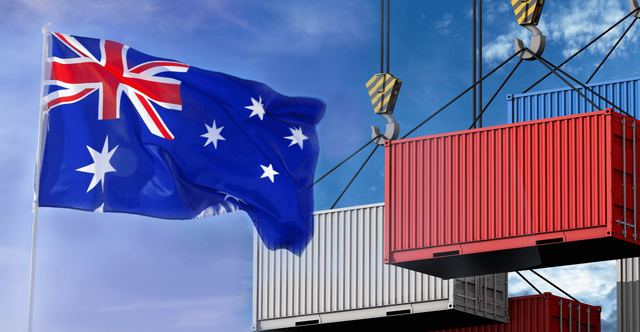Import of Goods into Australia

The Department of Agriculture, Fisheries and Forestry (the department) uses a range of scientific, intelligence and evidence based information when setting the measures for managing the risks associated with arriving goods and cargo into Australia. This includes targeting containers that pose greater biosecurity risks or are from known high risk pathways such as Country Action List (CAL) countries, countries with seasonal or emerging pest risks or depending on the location of the final delivery address within Australia.
The department additionally undertakes routine verification activities on arriving cargo as well as surveillance activities at and around wharf areas and empty container parks, to monitor for unwanted or emerging exotic insects and pests.
The on-arrival clearance process of sea containers can be helped by ensuring your container is free of biosecurity risk material, correct documentation has been lodged and your goods and any packing materials used, meet the department’s import conditions. This includes determining whether you may need an import permit before shipping goods to Australia. This information can be obtained from BICON.
Clearance and inspection of goods
Cargo arriving in Australia can often be cleared by the Department of Agriculture, Fisheries and Forestry using declarations and information provided by the importer. To decrease the likelihood that your goods will need to be opened and inspected, provide all required documents that need to accompany your goods.
The department will issue the importer with a directive that goods are released from biosecurity control or if any actions are required, e.g. inspection, treatment, isolation, hold pending further information or insect identification. For further information on the department’s approach to imported cargo, view the Imported Cargo Compliance factsheet.
Inspection
Inspection of goods and containers may be required:
- on arrival at the seaport or airport of first entry
- at a third party site that has been approved by the department.
Fees generally apply to inspections performed by the department.
All break bulk or goods transported without a container, is inspected as it is unloaded from the transporting vessel.
International repositioned empty shipping containers are managed through Class 2.6 Empty shipping container parks.
Some goods will be randomly selected for inspection by the department, as part of the Cargo Compliance Verification Scheme. This verification is randomly applied to consignments that would not typically be directed for inspection. No inspection fees will apply to these consignments if the inspection confirms the consignment complies with biosecurity requirements.
Importing goods into Australia involves several steps to ensure compliance with regulations and safety standards. You can always contact a Award winning trusted customs broker like 365freight and customs for all your Import needs.
For More Details : Click Here
